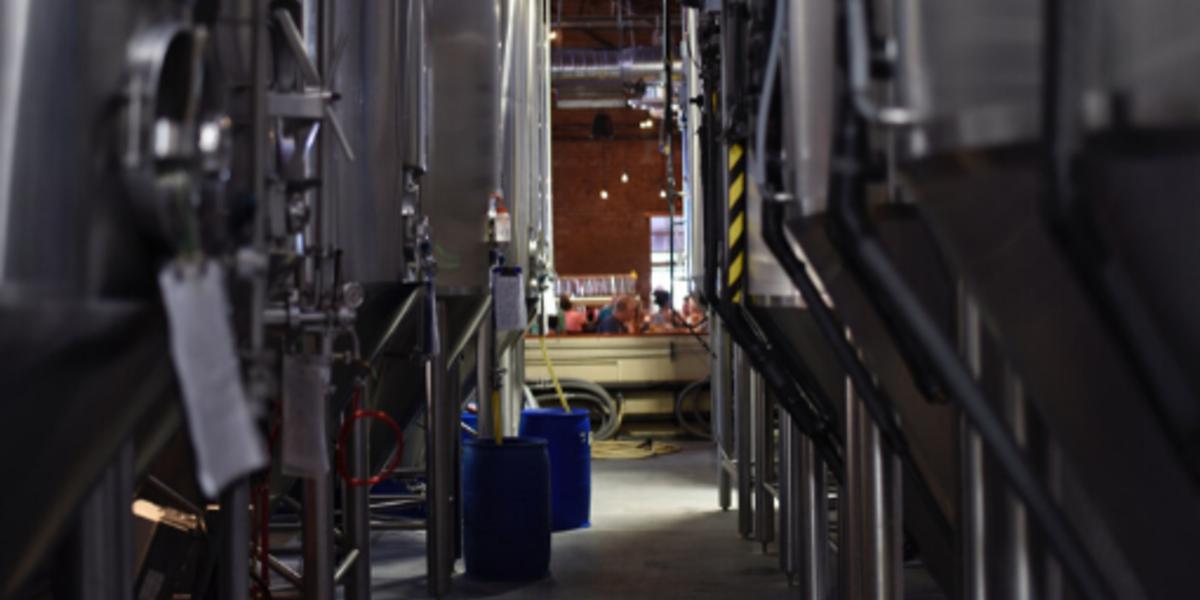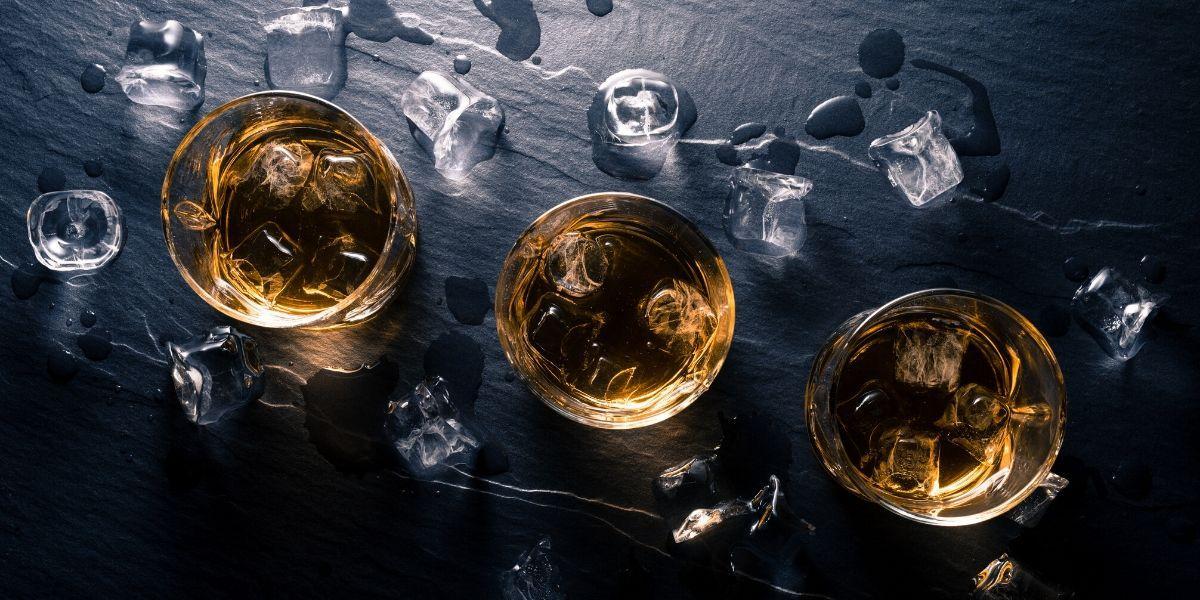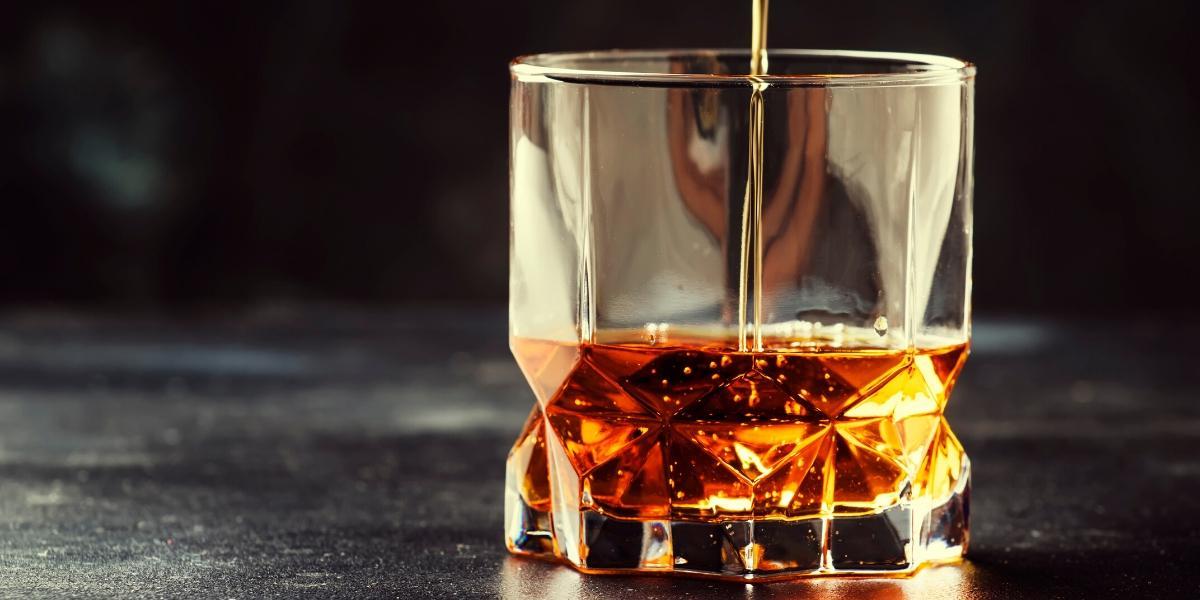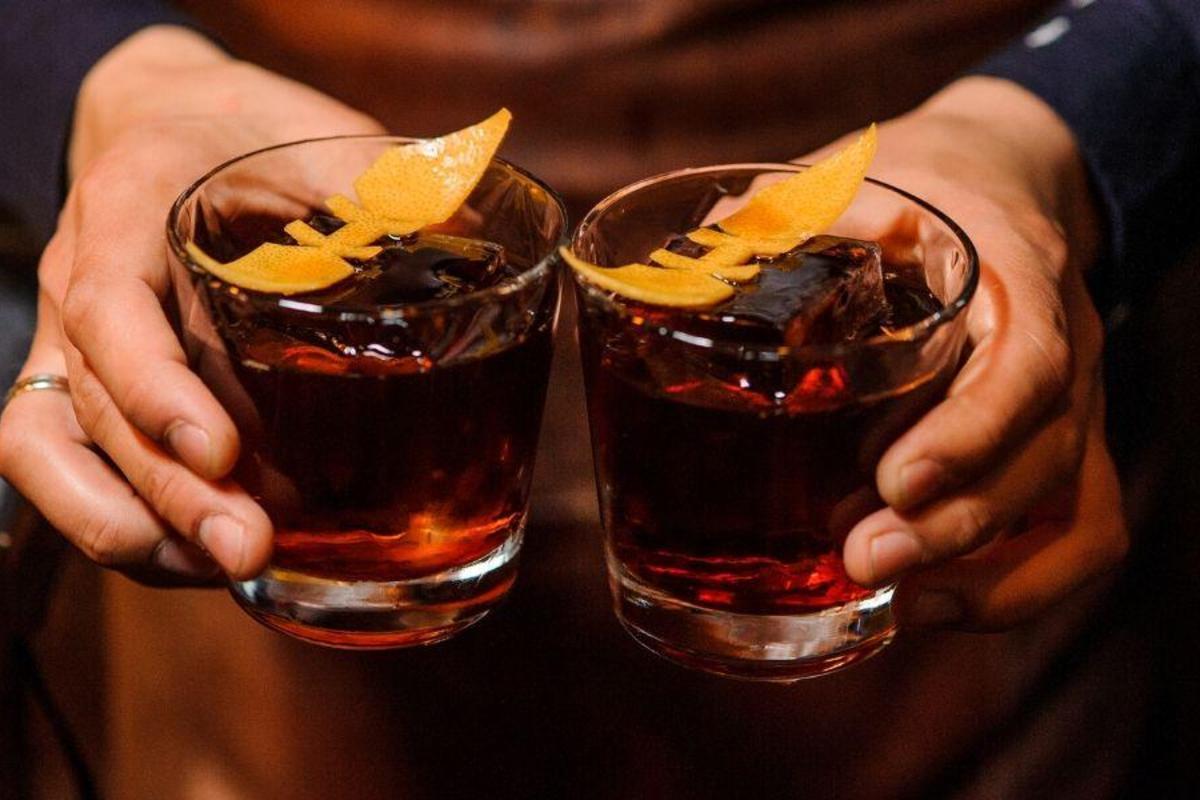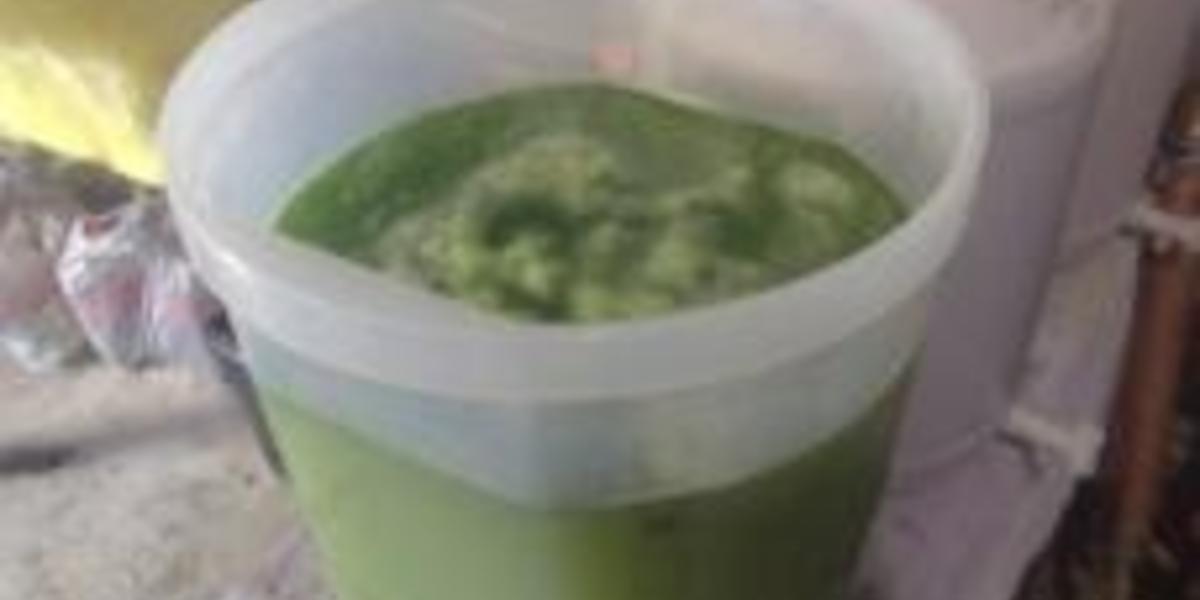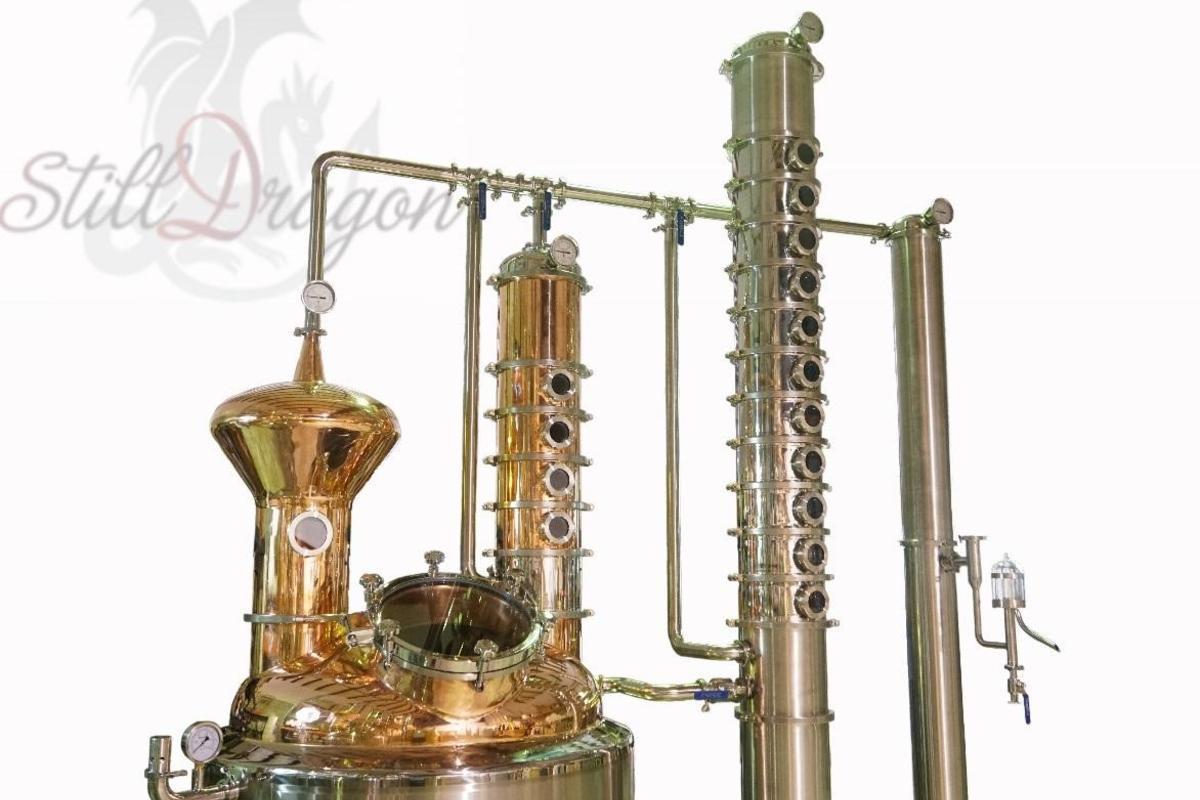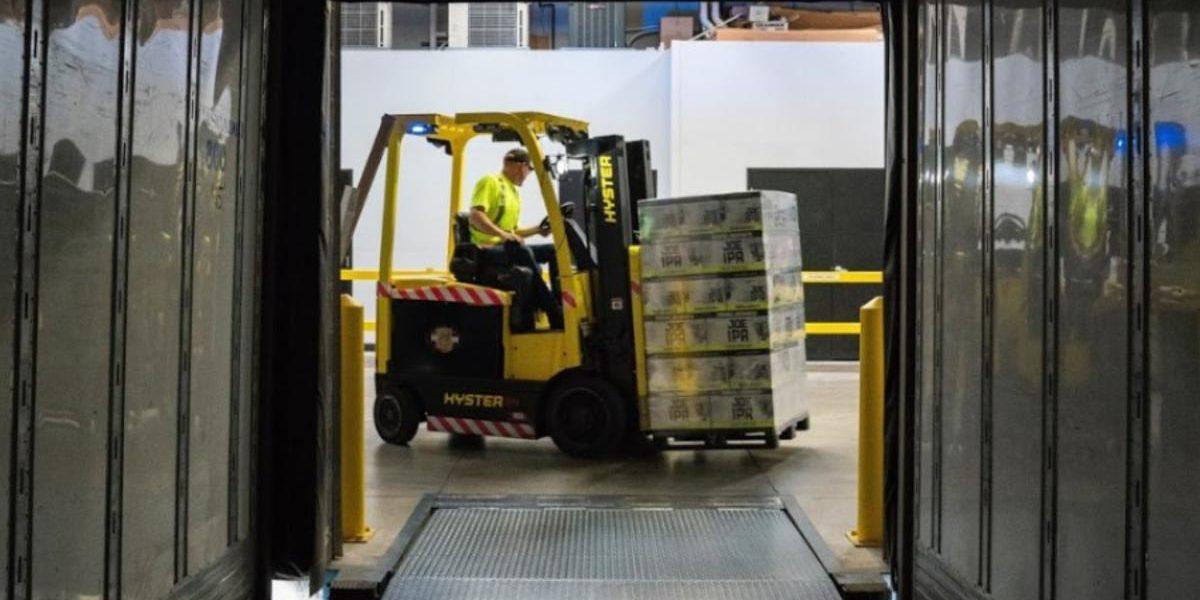By: Larry Taylor
When we talk about distilling, we are more precisely referring to phase change or a phase change cycle. We all remember (or should remember) the term “phase change” from our eighth grade science classes, right? Simply put, phase change is a change from one state (solid, liquid, or gas) to another. For example, freezing water is an example of phase change in that liquid water will change to a solid once frozen. Or once brought to boil, liquid water will change to a gas or vapor. Similarly, once the water vapor (gas) is condensed, it will change to a liquid. And so, distilling is nothing more than phase change. Simply put, distilling is the evaporation of liquid followed by the condensation of the resulting vapor created by evaporation.
Triple Distillation = Three Phase Change Cycles
Triple distilled whiskey is put through three of these phase change cycles. Often times, whiskey consumers might think that a triple distilled whiskey has a lighter, smoother quality than whiskies that have been double distilled. At first glance, this thought process seems to make sense since the distilling process is a form of liquid purification.
It seems simple. Heat up the kettle charge until vapor forms and rises to the top of the apparatus. Then the vapor makes its way over to the product condenser to be turned back into liquid form. In doing so, the lighter, rising vapor will leave behind a measure of congeners that have a higher temperature boiling point. And so, each time we distill the resulting distillate, we assume that we are leaving behind yet another measure of congeners that were previously bonded to our ethanol molecules.
Indeed, this is true. But what is also true is that some congeners will not get left behind after phase change. Not all congeners are equal. Not all have the same boiling point. Not all have the same polarity. Not all are 100% infinitely miscible with their neighboring constituents. So, while we can distill to leave behind different flavors, we can also distill to intensify (both good and bad) flavors.
So, how do we intensify the desirable flavor profiles without rendering an insipid finished product? (Oh, hey…is smoothness a code word for insipid? Asking for a friend.) Well, let’s have a look at a common protocol used to render whiskey. Let’s start with the understanding that our finished product will be put into the barrel at what would be considered “barrel strength” or “cask strength”. And, let’s start with the understanding that there will be some changes that occur in the distillate during the aging process.
First, the Stripping Run
Stripping speeds can vary among distillers. Distillers also have an opinion on whether or not to make any cuts on the stripping run. Some distillers are so fearful of having what they perceive to be Heads (or a foreshot) in their finished product, that they will insist on making at least a small Heads cut for safe measure. Some even make the tails cut. Making any cut on the stripping run will absolutely remove potential (good or bad) flavor from subsequent runs. In fact, some distillers likely add back Heads and Tails from previous runs in order to boost proof and carry over additional complexity.
One of the primary goals of stripping is simply to reduce the volume of water while dragging over as much alcohol (and flavor) as possible for the next run. Some distillers prefer to micromanage the heat input to the kettle for the sake of optimal separation during this first step in the process. Others prefer to throw as much heat as possible at the kettle for the sake of processing speed and to exploit the inefficiency of separation. And by that, I mean that during stripping, a faster collection speed will allow for more grain flavor to carry over into the low wines distillate compared to running more slowly.
Stripping for optimal separation will often times mean that the distiller will then need to dilute their low wines in order to achieve the desirable abv for the second run. Distillers often use water to dilute low wines.
Water Dilution = Less Flavor
To be clear, diluting low wines with water accomplishes two things:
-
It adds additional material handling to the final product.
-
It aids to break the bond of (both good and bad) congeners that are attached to the ethanol molecules.
Therefore, I would personally prefer to strip as fast as possible for the sake of processing speed, and to allow more grain flavor to carry over into what will become the next kettle charge. I would also strip far enough into the run to ensure that the aggregate abv of my forthcoming kettle charge does not have to be diluted. Perhaps to 18% or 20%? As mentioned, this eliminates additional material handling and ensures that robust grain notes are carried over into the second run.
To conclude this section, there is one more, lesser-discussed result of throwing more heat at the kettle during a stripping run…
Maillard Reaction
Maillard reaction is a term more familiar to cooks and bakers. Maillard reaction is a chemical reaction between amino acids and reducing sugars that gives browned food its distinctive flavor (and smell). Seared steaks, fried dumplings, cookies, biscuits, bread, toasted marshmallows, and many other types of foods undergo this reaction.
Throwing an adequate amount of heat at a kettle full of beer can also produce a Maillard reaction within the kettle charge. The Maillard reaction adds flavor to the beer and the resulting distillate.
BTW, the positive influence of Maillard reaction is why vacuum distillation will never (ever) be the preferred method for whiskey (or brandy) spirits production. Vacuum distilled whiskey? Don’t.
Second Distillation
Is the second run superfluous? A gimmick simply meant for marketing purposes? An effort by Irish distilleries to distinguish themselves against the Scotch whisky producers? Or does this added distillation cycle contribute to the formation of additional carboxylic acids, and thus more esters that can add additional complexity to the finished spirit?
This second process likely allows for lots of interpretation. To make cuts? To run slowly? To run fast? Could the second run be the secret sauce? The second run could be as basic or as complicated as the distiller deems necessary. Notwithstanding all the potential variables, this second run is intended to clean up the low wines and boost the proof enough to get very good still behavior for the third, and final, spirit run. And by that, I mean that on the third run the distiller is looking for the most consistent run speed to proof ratio from start to finish.
Third and Final Distillation
Ideally, the distiller would like to render the finished spirit at a barrel strength proof without having to dilute the finished product with water. Adding water can do one of two things:
-
Open and reveal, or
-
Literally dilute
In this case, I’m afraid the latter would prevail.
If a strict Heads cut was made on the second distillation, then perhaps a small Heads cut would be in order on this third and final run. It’s really the distiller’s call. At this point, the distiller can throw enough heat at the kettle to dial in spirit run collection speed against desired proof.
We can assume that this final kettle charge has a bit more abv than the second kettle charge. Therefore, running faster collection speeds will not affect abv adversely. Faster collection speeds will reduce the efficiency of more optimal separation. So, run slower to collect higher abv. Or, run faster to collect lower abv. But a reduction in efficiency is exactly what we’re looking for here on this third run. In other words, the distiller is looking to exploit inefficiency by running just a bit harder on this third and final distillation. Running harder will allow for more flavor carry over.
Is triple distilled whiskey better than twice distilled? Does triple distillation produce a lighter, smoother finished product? Does triple distilling add additional complexity? It’s not for me to say, though I’m sure the debate will rage on.
Is there more than one way to make a fantastic whiskey? Absolutely. I would definitely recommend experimenting with different production variables to help develop your own point of view.
Sláinte mhaith!
> Looking to upgrade or expand your production floor with new distilling equipment? Contact StillDragon North America for advice.

